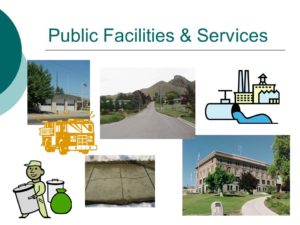Name the 7 union territories of India: A union territory is a sort of organisational division in the Indian Republic. It is not like states, we know that states has their own governments, actually union territories are directly ruled by the Central Government. Therefore, it reflects the name “union territory”. It also qualify the term federal territory. If we dig in history, these union territories were not the parts of pre independent India. As per provisions in our constitution, these parts were actually too small to be made as a state.
Name the 7 union territories of India
In the year 1956, the States Reorganisation Commission recommended creation of a different category for these territories. As these places were neither fitting the model of a state, nor do they follow a uniform pattern when it comes to governance. Union Territories are ruled by Lieutenant Governor who is appointed by the Central government. He represents the President of India. Even though UTs have the opportunity to form respective governments and having a Legislature with elected Members and a Chief Minister (e.g. New Delhi and Puducherry), however their powers are lesser than the governments run by state. The number of Council of Ministers should not exceed 10% of the total number of members in the Legislative Assembly. Chief Minister is considered the head of the council of ministers. If there is difference of opinion between the ministers and the Lieutenant Governor, the latter can refer it to the President and act according to the decision given by him.
Currently, we have seven union territories which are as follows:-
- Chandigarh
- Dadra and Nagar Haveli
- Daman and Diu
- Lakshadweep
- Puducherry (Pondicherry)
- Andaman and Nicobar Islands
- National Capital Territory of Delhi (also called Delhi NCR)
